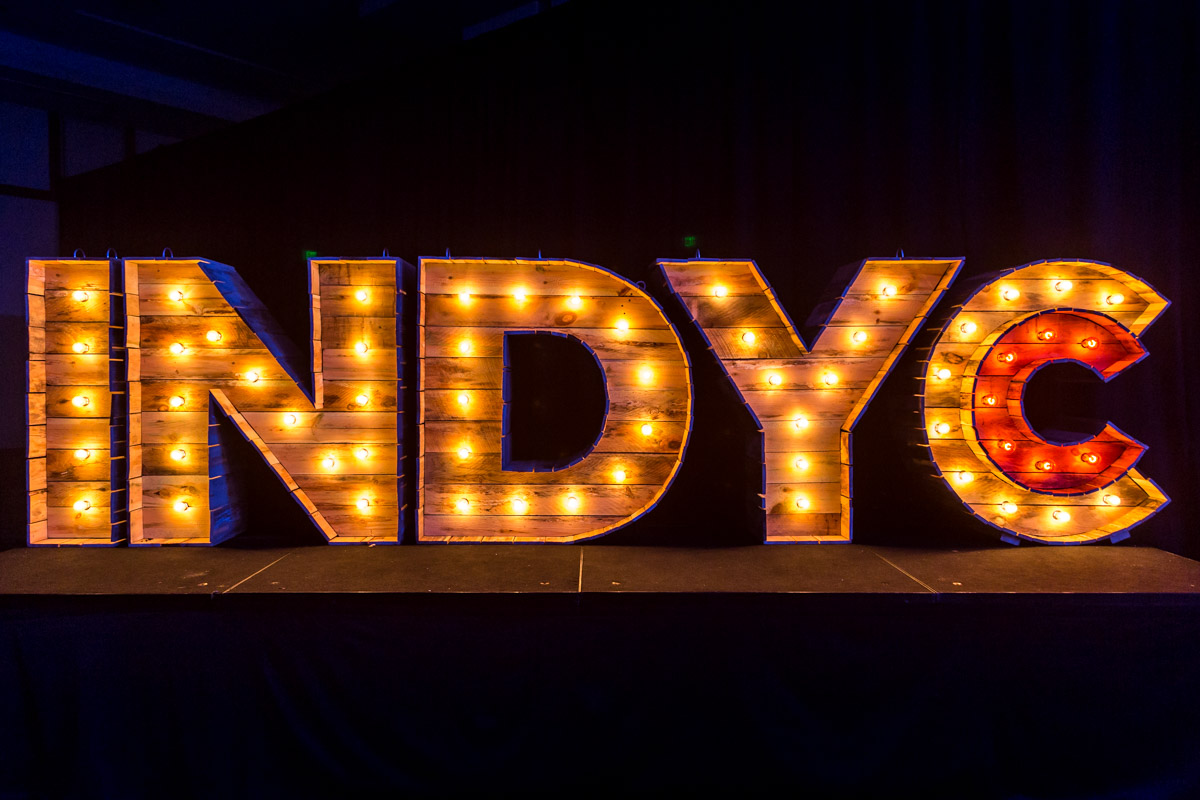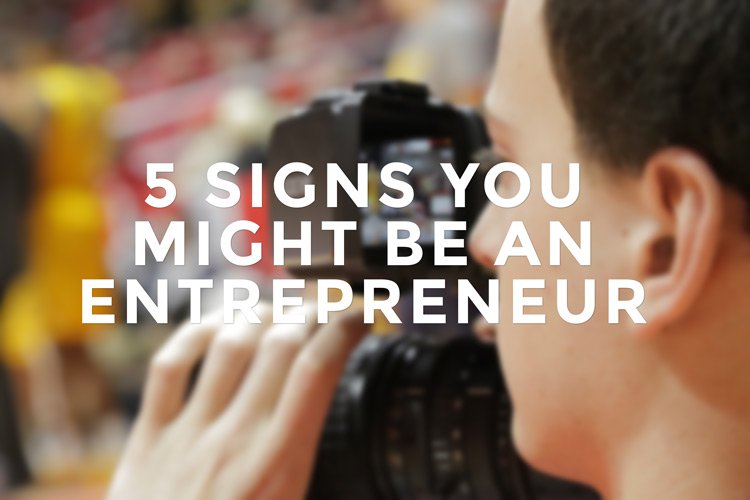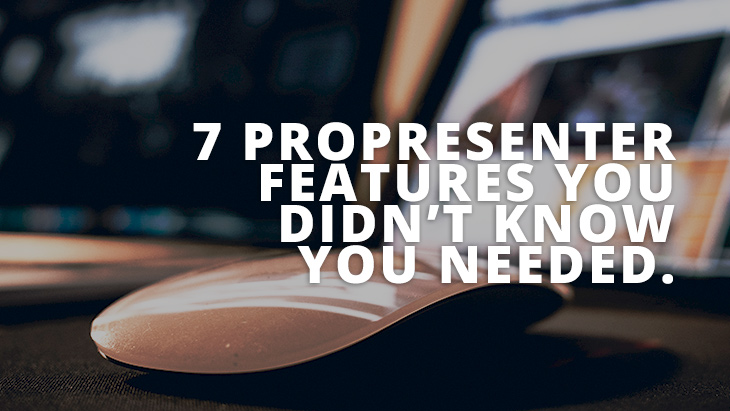From strategy to social media, there are so many ways to make your event great.
One of the most common and effective ways to promote and execute an event is by using technology. Just attend any modern-day event and you’ll see the marks of technology all over it. The lights, the cameras, the big screens displaying what most of the room can’t see on the stage—it’s no secret ingredient to a successful event.
It’s been said that technology is both a blessing and a curse. While technology can have the most seamless integration of convenience and speed in our lives (and our events), its malfunction can be the most frustrating. Think of the last event you attended. Did the lights flicker? Did the microphone make that heinous feedback noise? Or was the speaker inaudible because they couldn’t figure out why the microphone said it’s on yet it still wasn’t picking up their voice? Whatever the glitch—wasn’t it distracting?
These things happen to the best of us—and sometimes you can’t explain why. And yet, notice what happens when you’re at an event and all technology goes right. We’ll bet you didn’t even notice it! Because of that beautiful, seamless integration—not to mention the way it enhances an event almost effortlessly—we’re more likely to turn to technology to give our events life.
However, despite the countless reasons to use technology in your event, we challenge you to think beyond audio and visual. Here are some tips to help you think about how to plan, create for, and execute your next event with more than AV technology in mind.
START WITH WHY
In his viral TED Talk, leadership expert and brilliant mind Simon Sinek explains his simple yet powerful model for inspiring action: Start with why. The speaker asserts that great leaders like Apple, Martin Luther King Jr., and the Wright brothers all possessed this revolutionary attitude from which their innovation and courage and ingenuity originated. These all effectively inspired others because they started with why. And, when you’re planning for your event, so should you.
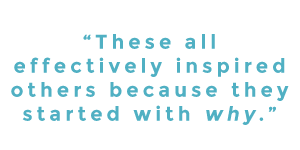 To start, ask yourself what is the purpose of your event. Is it to educate, to evoke emotion, to inspire awe, to call your guests to action? Or is it something else? Look at the why through the lens of your entire business strategy and ask yourself what you are looking to accomplish with this event. How can this event further your business goals? And let’s not forget your guests: Who is your audience? Who are you inviting? Who are you speaking to or trying to reach? Answering these questions will help you lay a solid foundation for your event.
To start, ask yourself what is the purpose of your event. Is it to educate, to evoke emotion, to inspire awe, to call your guests to action? Or is it something else? Look at the why through the lens of your entire business strategy and ask yourself what you are looking to accomplish with this event. How can this event further your business goals? And let’s not forget your guests: Who is your audience? Who are you inviting? Who are you speaking to or trying to reach? Answering these questions will help you lay a solid foundation for your event.
DEVELOP A STRATEGY
Once you’ve found your why, you can hardly get anywhere without a strategy. What’s your game plan? It helps to look at your strategy like a pyramid. Start with your why at the top and work down and out from that. Following your why should be things like your vision, your mission, and your message. Then you can develop lists like your goals, your needs, and your deliverables. The key to these lists is to make the items actionable. That means, you should write down “send Evites to recipients list” but not “chairs for 1,000 attendees.”
Once you have these handy lists, create a timeline and place tasks along that timeline. A useful way to view your timeline is in three major sections: pre-launch, launch, and post-launch. Pre-launch is the time leading up to your event (and will probably require the most work). Launch is the day of your event and will likely have the most granular timeline in itself. Post-launch refers to the time after your event, which may not seem important, but it can be a crucial time for following up with your attendees.
After your tasks are documented and your timeline is prepared, use your team members to your advantage and delegate the tasks. Make sure all hands on deck know not just what they’re doing but when it’s due. Deadlines and clear communication will do wonders in keeping your event planning on track for success. And speaking of technology, using task management platforms may be a viable option in ensuring that everyone involved is informed in a digital way. Plus, you can subscribe to notifications so you don’t miss a beat!
Keep this strategy in mind and think of it as your blueprint, making sure that all of the elements of your event connect.
GIVE IT A THEME
Now we’re talking! This is where your event gets a personality. So have fun with it and get creative! When you’re planning out a theme, it helps to think of it like your organization’s brand: Everything should be cohesive. When your theme is consistent, your guests will move smoothly through the time. And like that disjointed feeling when technology fails at an event, you want to avoid confusion. Because when there’s an interruption in that consistency, it can be like a red flag that signals every human being in the room, drawing attention to the problem and away from your message.
You can use all the coolest technology, but if your presentation is only words on a screen, don’t be surprised if your audience isn’t moved. Using a mixture of media (which we’ll get into later) will make your event exciting, but if all of the moving parts don’t look or feel like they belong together, your audience will be confused. A well-coordinated theme reinforces your message.
GIVE IT A PULSE
Your organization has a philosophy: Use it. People like to connect with something that has meaning, something bigger than themselves. If your event is promoting a mission they can get behind, they’re more likely to enjoy your event, recommend your business to a friend, and respond to whatever CTAs you pose to them during the event.
Use your existing philosophy or brand truths to give depth and meaning to the elements of your event. When this heart and soul rings through your event—from the speaker on stage to the brochure in their hands—your guests will experience a fullness that will leave a lasting impression.
MAKE IT MODERN
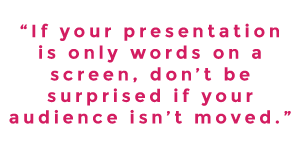 Social media is one of your greatest (and cheapest) assets to promoting and executing your event. The fact that Facebook has 1.18 billion active users every day is reason enough to focus at least some of your efforts on posting to social media. Utilize the fab four (Facebook, Twitter, LinkedIn, and YouTube) as well as other favorites (like Instagram and Pinterest) and you’ll have a lot of ground covered. If you’re sending email or paper invitations, reinforce that with a Facebook event so they can’t miss it.
Social media is one of your greatest (and cheapest) assets to promoting and executing your event. The fact that Facebook has 1.18 billion active users every day is reason enough to focus at least some of your efforts on posting to social media. Utilize the fab four (Facebook, Twitter, LinkedIn, and YouTube) as well as other favorites (like Instagram and Pinterest) and you’ll have a lot of ground covered. If you’re sending email or paper invitations, reinforce that with a Facebook event so they can’t miss it.
This is where you can really get creative and edgy with your messages and think beyond AV. Because social media interactions are so quick, you only have a few moments to say your piece and capture their attention. Keep in mind social media best practices, like tailoring your message to the typical user of each platform, and limitations, like 140 character limit on Twitter and no link capabilities in Instagram posts.
MIX IT UP
A healthy, balanced mixture of media is a recipe for a well-executed event. In addition to social media efforts, AV, and other technology, incorporate graphic design. Keeping in mind what’s hot now, your graphics can be a major enhancement to your event, giving it depth and dynamic.
And haven’t you heard that print media is not dead? Consider what your guests will be holding: A schedule of events? A name tag? Will they need something to take notes? Put your graphic design elements to paper and give them something to hold onto, something useful, something they’ll want to take home. When you put effort in making print media that looks eye-catching, your guests will be more likely to keep those items, rather than toss them on their way out the door.
MAKE IT INTERACTIVE
As we said before, people like to be a part of something bigger than themselves. When you give your event an interactive element—something to which they can contribute and place their fingerprint, along with the other attendees—your guests will feel like they’ve been a meaningful participant in your event, instead of a bystander passively observing.
This is also a great way to capture the crowd’s attention. Once you start speaking instructions, their ears will perk up again, because the moment they realize they have to be active participants, the next question will be What do I have to do? The interactive piece you choose is entirely up to you, and should be something that makes sense with your event and your theme. This could be anything from 3D block letters they can sign or a mural they can add to with a wish, a prayer, or a parting thought. Whatever it is, it should make them feel connected.
Now would be a good time to leverage social media. Shamelessly apply a hashtag to all your event’s elements and make mention during the presentation that they should follow or share photos for a chance to be featured on your social media channels. This generates easy UGC and traffic while your guests compete for a spot on your social feed.
MAKE IT MEMORABLE
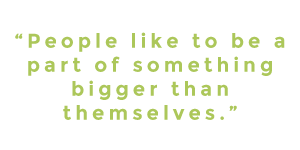 When you give your attendees something to hold onto and take home, you’re making a memory. There are the more obvious prizes, like pens and travel mugs, but we want to challenge you to think outside the box. Like ordering a build-your-own burger or mix-and-match swimsuits, people love when they get to customize and personalize. One way to implement this strategy is to make a few versions of the same thing (such as a postcard or a t-shirt) and simply switch up the color palette (while keeping in step with the color palette and theme you’ve chosen). Your guests will be more likely to pick out their favorite and take it home if it feels more personal to them—like it was the one they handpicked.
When you give your attendees something to hold onto and take home, you’re making a memory. There are the more obvious prizes, like pens and travel mugs, but we want to challenge you to think outside the box. Like ordering a build-your-own burger or mix-and-match swimsuits, people love when they get to customize and personalize. One way to implement this strategy is to make a few versions of the same thing (such as a postcard or a t-shirt) and simply switch up the color palette (while keeping in step with the color palette and theme you’ve chosen). Your guests will be more likely to pick out their favorite and take it home if it feels more personal to them—like it was the one they handpicked.
IN SUM
So there you have it: AV isn’t the only way to play up your event. Use other methods—as high-level as your why to as granular as a social media hashtag—and make an impact on your guests that lasts beyond the event.

